Recording and reporting greenhouse gas emissions is a key part of understanding and responding to climate change. The Isle of Man’s greenhouse gas emissions are estimated as part of the UK’s reporting to the United Nations Framework Convention on Climate Change (UNFCCC) each year. This ‘inventory’ of emissions and removals is estimated according to the Intergovernmental Panel on Climate Change (IPCC) guidance.
Crucially, this involves accounting for emissions on a ‘production’ or ‘territorial’ basis – that is, emissions are accounted for in the geographical area they are emitted. For example, the emissions involved in the production of a car in the UK would be accounted for in the UK. If that vehicle was sold and driven in the Isle of Man, the emissions associated with the fuel being burned would be accounted for in the Isle of Man. This approach is different from the ‘consumption’ or ‘carbon footprint’ basis, where emissions are estimated based on end-use.
The Climate Change Act makes it a legal requirement to report to Tynwald on emissions on a five-yearly basis and ensure that our emissions reporting aligns with international reporting standards.
Work is ongoing to improve the quality of our emissions data to provide the best possible baseline to measure our progress.

Energy Supply
Energy supply (electricity) makes up the most significant proportion of the Island’s emissions at 35% of net emissions (205kT CO2e). Most of these emissions come from the Combined Cycle Gas Turbine (CCGT) at Pulrose, with smaller amounts produced by the Energy from Waste (EfW) plant and diesel generators. Due to the methodology outlined above, Emissions from electricity produced on-Island and exported to the UK are included in the Island’s inventory. Conversely, electricity imported from the UK is excluded from the Island’s inventory
Transport
Transport makes up 25% of net emissions (146kT CO2e). The most significant components of transport emissions are petrol and diesel usage for cars, making up just under 80% of the total. Other notable contributors are shipping, aircraft, and HGVs/buses. For travel to/from the UK, half the round-trip aircraft/shipping emissions are allocated to the Isle of Man and a half to the UK. International Travel is excluded from the inventory. These calculations follow the standard IPCC guidance.
Residential
Residential emissions make up 25% of net emissions (148kT CO2e), most of which relate to home heating using oil and gas.
Agriculture
Agricultural emissions make up 19% of net emissions (110kT CO2e). The largest emissions category is methane from animal digestion and waste (mostly cows), followed by emissions from land use such as ploughing methods like tilling. This data is sourced from the Isle of Man Agricultural Census and is considered fairly accurate, though there is scope to refine further with the availability of more detailed information on specific Manx farming practices which the new Farm Carbon Toolkit will assist with.
Business
Business emissions make up 3% of net emissions (16kT CO2e). Most of these emissions relate to heating commercial buildings with smaller levels of emission from refrigeration and other chemical processes. Emissions from refrigeration and chemical processes are based on UK levels scaled to the Isle of Man, so there is scope to improve this data by better understanding business processes.
Waste Management
Waste Management makes up almost 5% of net emissions (29kT CO2e). The Energy from Waste (EfW) plant is included in Energy Supply, leaving emissions from landfills and sewage.
Industrial Processes
This is a small category, making up less than 0% of emissions. This relates solely to nitrous oxide emissions from food consumption.
Land-Use, Land-Use Change, and Forestry
This category is a net remover of carbon dioxide. The total removals equate to -71kT CO2e, equivalent to about -12% of the gross emissions.
RELATED

Island aims to reduce 45% greenhouse gas emissions by 2035
We have a duty to play an active role in helping to cut global emissions, and as such, having ambitious climate change targets is critical to our success.


